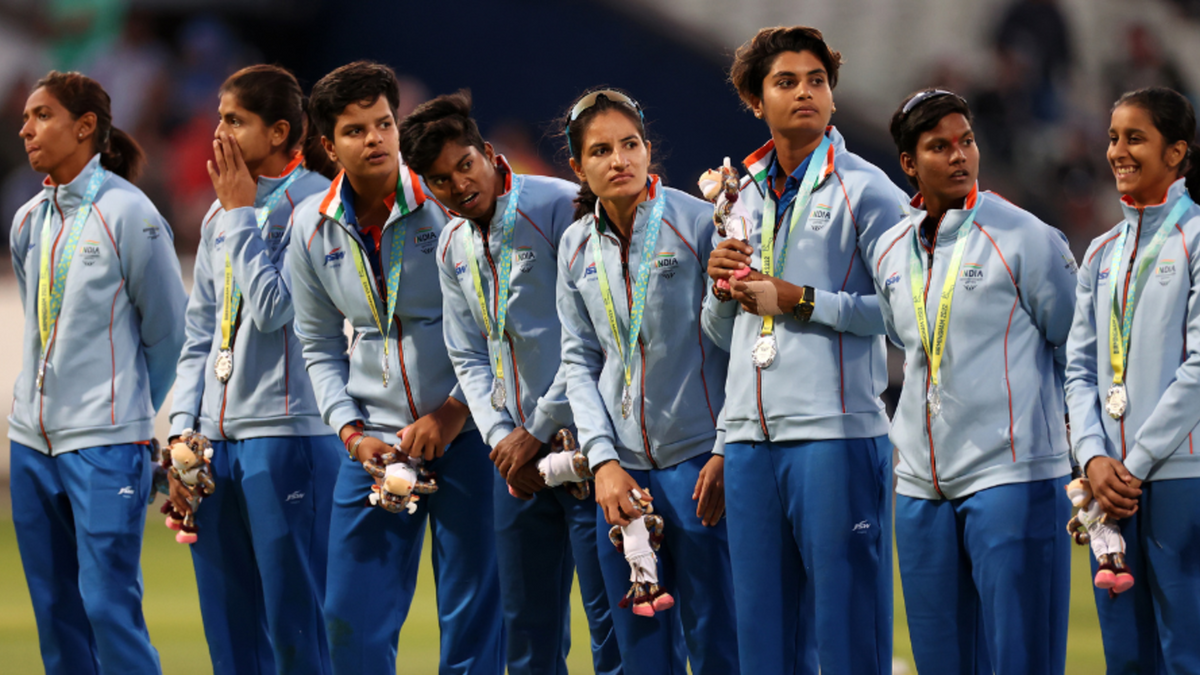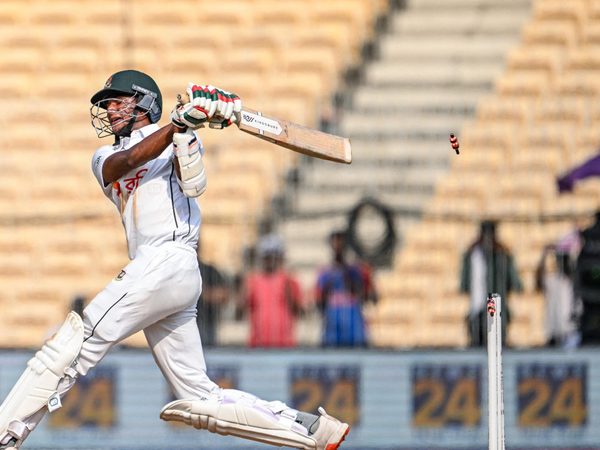
Prior to the Commonwealth Games, a silver medal for the Indian women’s cricket team would have been considered a success. However, given the tremendous potential of the current side, it will not be unrealistic to expect more, writes Shashwat Kumar.
The Indian women’s cricket team used to play in front of packed houses in the 1970s. Even at that point, however, there was little money in the format, and over the 1990s, interest waned. Some things changed when the BCCI took over the reins from the Women’s Cricket Association of India in 2006. The infrastructure improved, as did the pay scale – but the chasm between the genders remained enormous.
It was not until the phenomenal run of the team in the 2017 World Cup that the fans took note. As the fans responded, so did the BCCI. Central contracts came into being (albeit with a substantial gap between the genders), as did the Women’s T20 Challenge, an experimental miniature version of what may evolve into the long-overdue Women’s IPL at some point.
Amidst all this, the team performed brilliantly to reach the final of the T20 World Cup in 2020. There was a year’s gap before they played international cricket again. They took time to regroup, but in the Commonwealth Games, they beat England in the semi-final, and came within a whisker of defeating Australia. On another day, could have won gold.
England and Australia both teams have excellent domestic systems in place. The inaugural edition of the Women’s Hundred was a rip-roaring success. Deepti Sharma, Jemimah Rodrigues and Smriti Mandhana have signed up for this year’s iteration too. The Women’s Big Bash League, meanwhile, has arguably been the best women’s domestic T20 competition on the planet since its inception in 2015/16. In 2021/22, eight Indians featured in the league.
The leagues have enabled Australian and English players with the requisite exposure to pressure, making them better accustomed to handling it. From that perspective, India reaching the final, let alone running Australia close twice and outlasting England, can be considered a massive achievement, particularly after their insipid display at the Women’s World Cup earlier this year.
That said, this team comprises of Harmanpreet Kaur and Mandhana – two of the best batters on the planet. Rodrigues has also cast herself as one of the most exciting talents, while Shafali Verma’s ability is known to everybody. There are not many who can perform the different roles that Sharma does. And as Renuka Singh Thakur portrayed at the Commonwealth Games, not many batters who can handle high-class swing bowling consistently.
After the final, BCCI President Sourav Ganguly quipped that India would be disappointed at having lost the final, considering the position they were in and the resources they had. It blew up, and Ganguly was lambasted for his tweet. It may be argued that during his stint, the BCCI has not done enough for the women’s game after the COVID-19 pandemic. There have been a couple of editions of the Women’s T20 Challenge, but the lack of a WIPL – there has been no official confirmation yet – has stuck out.
But by just criticising him for being “disappointed”, the fans probably missed the bigger picture. This is not a blame game about what the BCCI has done. It perhaps has more to do with how the team has actually gotten itself to a pedestal where a silver medal counts as disappointment.
The only reason millions harboured hopes of a gold medal was because this Indian team is good, and has shown the gumption for a fight, even against Australia and England. It is also because they rocked up in knockout clashes and played as if they owned the stage. They ultimately went down to Australia in under pressure but their ability or determination cannot be questioned.
Kaur looked dejected, minutes after becoming the first Indian cricket captain to win a silver medal at the Commonwealth Games. She, better than anyone else, knows that her team is capable of so much more, or not just standing toe-to-toe with Australia, but also defeating them. And that, more than anything else, should be the biggest takeaway from the Commonwealth Games.
Until a few years ago, finishing on the podium, let alone playing the final, would have been labelled a huge accomplishment. Things have changed since then. The cricketers have gotten themselves to a position where such expectations feel realistic, not just fantasy plucked out of a fairytale. That they have done it despite the system, not because of it, only adds to their legend.
If anything, this increased expectation, thus, is what the team deserves, largely because it is an acknowledgement of their rise. It will, of course, lead to more bouts of disappointment. Nothing but the best suits these cricketers anymore, though.








